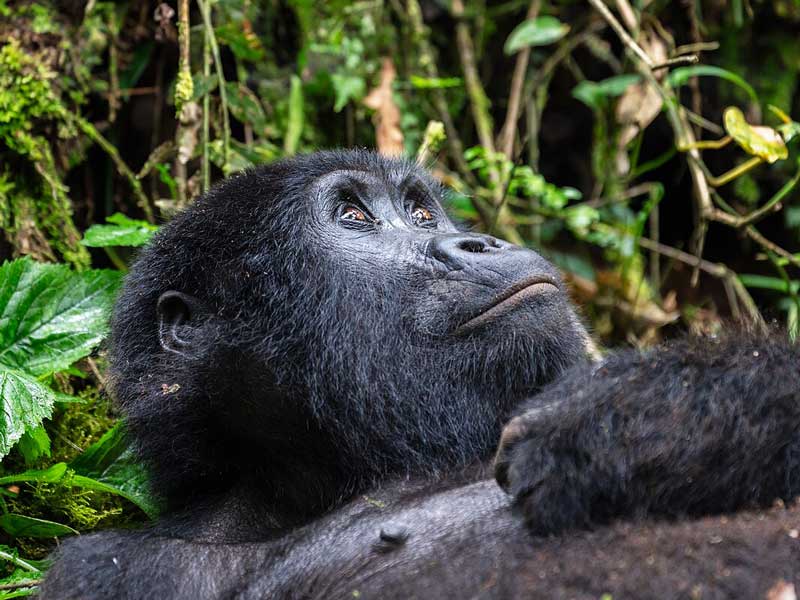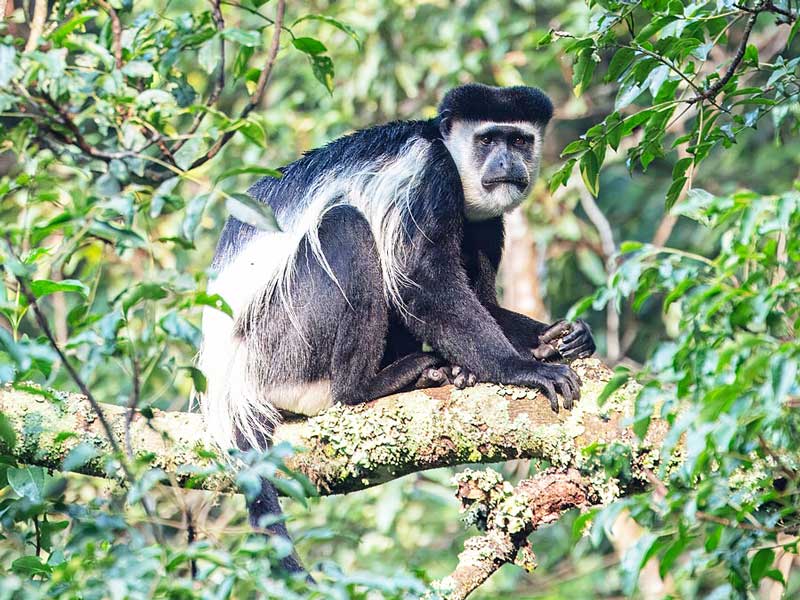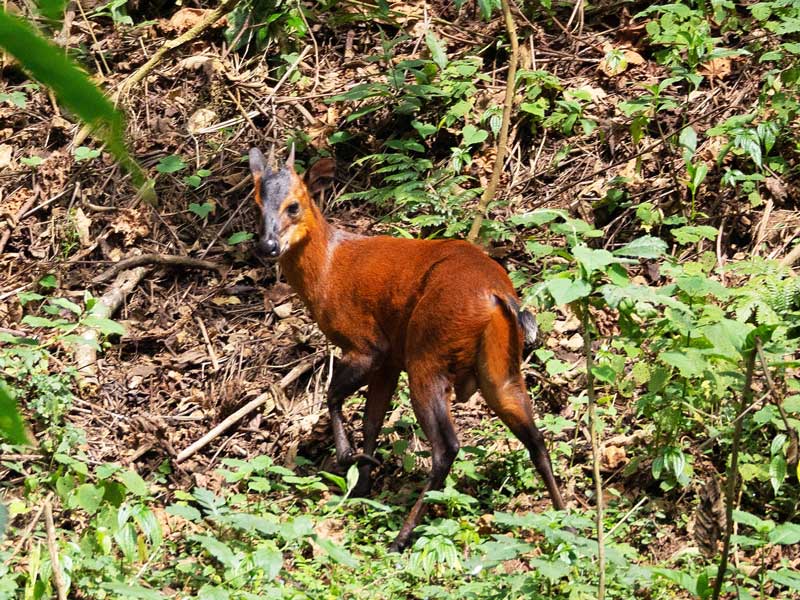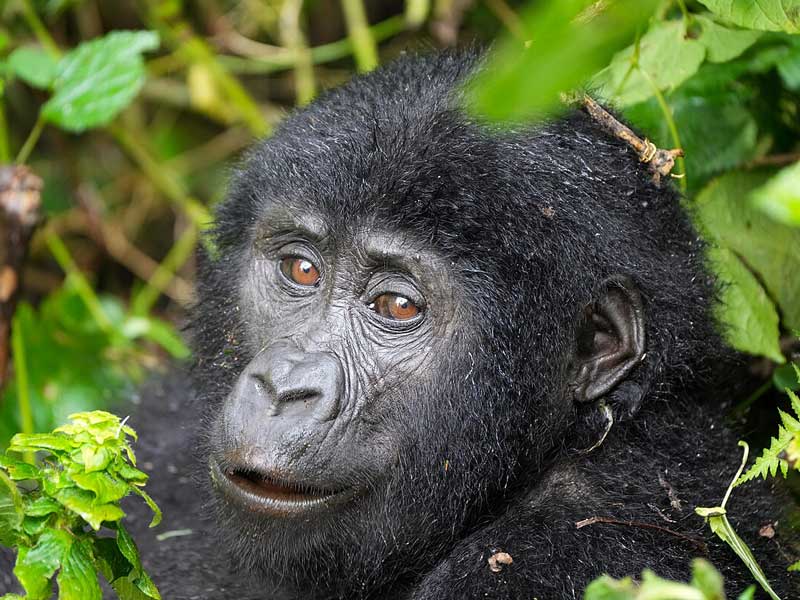Unveiling the Mystical Bwindi Impenetrable National Park: Uganda’s Pristine Rainforest Sanctuary
In the heart of East Africa, where Uganda’s rolling hills meet dense rainforest, lies one of the most extraordinary places on Earth: Bwindi Impenetrable National Park.
Renowned for its breathtaking beauty, rich biodiversity, and unparalleled opportunities for close encounters with the critically endangered mountain gorillas, Bwindi is a haven for nature lovers, adventure seekers, and those yearning for an experience that transcends the ordinary.
A Journey Into the Heart of the Forest
Bwindi Impenetrable National Park is a UNESCO World Heritage site, a status that reflects its global significance as a conservation area. Spanning over 331 square kilometers, this ancient forest is one of Africa’s oldest, having survived the last Ice Age and remaining a lush, green sanctuary for a multitude of species.
The park’s terrain is rugged and varied, with steep ridges, valleys, and a dense canopy that earns it the title “impenetrable.”
For travelers, Bwindi offers an opportunity to step into a world that seems untouched by time. As you venture into the forest, the air thickens with the scent of earth and vegetation, and the only sounds are those of rustling leaves, birdsong, and the occasional call of primates.
It’s a sensory immersion that transports you away from the hustle and bustle of modern life into a realm where nature reigns supreme.
The Majestic Mountain Gorillas: A Once-in-a-Lifetime Encounter
Bwindi is perhaps best known for its population of mountain gorillas, which represent roughly half of the world’s remaining individuals. These gentle giants are the park’s main attraction, and gorilla trekking is an experience that draws adventurers from across the globe.
Gorilla trekking in Bwindi is more than just a wildlife encounter—it’s a profound connection with one of our closest relatives in the animal kingdom. The experience begins with an early morning briefing at the park’s headquarters, where experienced guides provide insights into the behavior and ecology of the gorillas.
Trekking through the forest can be challenging, with steep climbs and thick vegetation, but the reward is indescribable. After hours of hiking, when you finally come face-to-face with a family of gorillas, the moment is surreal. You observe as they go about their daily lives: mothers cradling their young, juveniles playing, and the silverback keeping a watchful eye over his family.
The hour you spend with the gorillas is a fleeting one, but the impact lasts a lifetime. It’s a humbling reminder of the fragility and beauty of life, and of the shared connection between humans and these majestic creatures.
A Biodiversity Hotspot
While the mountain gorillas are the stars of Bwindi, the park’s biodiversity is equally awe-inspiring. Bwindi is home to over 120 species of mammals, including forest elephants, giant forest hogs, and several species of primates like chimpanzees and colobus monkeys.
The park is also a birdwatcher’s paradise, with more than 350 bird species recorded, including 23 endemics found only in the Albertine Rift, such as the African green broadbill and the Shelley’s crimsonwing.
The flora of Bwindi is equally remarkable. The forest is a living museum of plant life, with over 1,000 flowering plant species, including 104 species of ferns and 163 species of trees. Some of these trees, like the giant mahoganies and strangler figs, tower above the forest floor, their massive trunks wrapped in a tangle of vines and mosses, creating a mystical, almost otherworldly atmosphere.
The People of Bwindi: Custodians of the Forest
The communities surrounding Bwindi are an integral part of the park’s story. The Batwa pygmies, who were the original inhabitants of the forest, have a deep, spiritual connection with Bwindi. Although they no longer live in the forest, the Batwa continue to play a crucial role in its preservation through cultural tourism and conservation initiatives.
Visitors to Bwindi can participate in the Batwa Experience, an immersive cultural tour that offers insights into the traditional lifestyle, survival skills, and knowledge of the forest.
The Batwa guides share stories of their ancestors, demonstrate hunting and gathering techniques, and showcase traditional music and dance. This cultural interaction not only enriches the visitor experience but also helps support the livelihoods of the Batwa community, ensuring that their heritage is preserved for future generations.
Conservation Success and Challenges
Bwindi’s status as a conservation success story is a testament to the efforts of the Ugandan government, conservation organizations, and local communities.
The park has been instrumental in stabilizing and even increasing the population of mountain gorillas, which were once on the brink of extinction. Sustainable tourism, particularly gorilla trekking, has provided vital funding for conservation efforts and has helped to improve the lives of people living around the park.
However, the challenges are ongoing. Human-wildlife conflict, habitat loss, and the pressures of climate change continue to threaten the delicate balance of the ecosystem. Conservation efforts in Bwindi require constant vigilance, collaboration, and support from the global community to ensure that this natural wonder remains intact.







